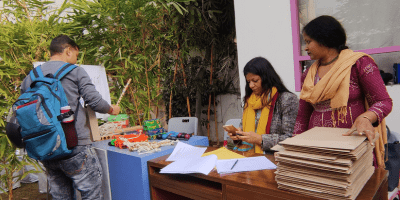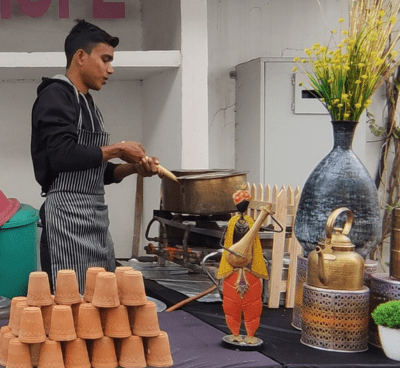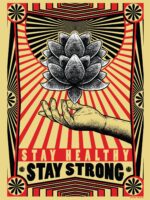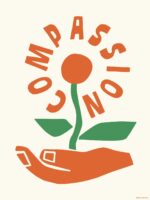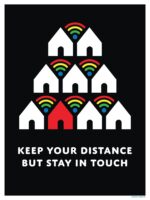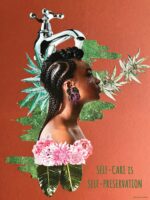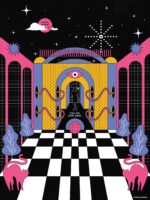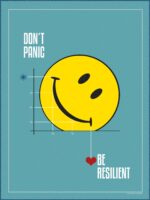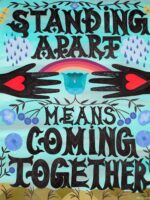
POETRY READINGSPOETRY READINGS
By Parker J. Palmer
Experience the transformative power of poetry with renowned speaker and author, Parker J. Palmer. Immerse yourself in his soulful recitations as he breathes life into captivating verses that explore the depths of human emotions, nature’s beauty, love’s nuances, and the quest for self-discovery.
Let Parker J. Palmer’s enchanting voice guide you on a poetic journey of reflection and inspiration. Explore our collection now and awaken the senses to the timeless truths found within each carefully selected poem.


